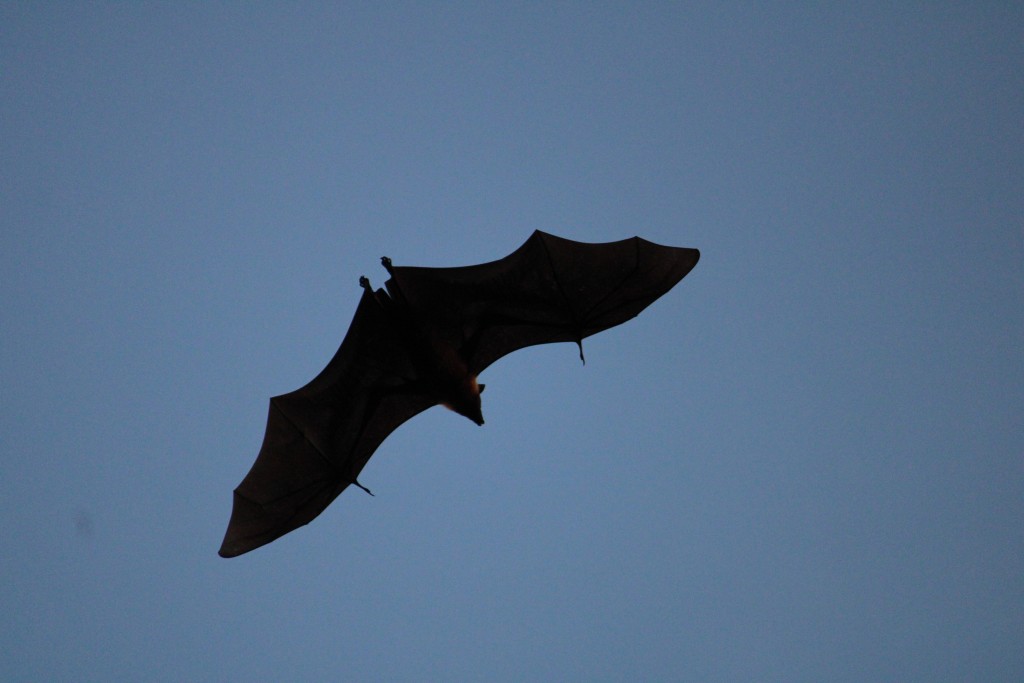
Bats are one of the most fascinating creatures in our environment. However, their creepy characterisation in many parts of the world, including Nepal, has made bat conservation challenges.
Bats are presumed to bring bad luck mostly around the Indian subcontinent and the appearance of bats in homes is believed to mark the beginning of evil events. Moreover, when bats hit the windows, it signals rain, they say. The same superstitions are prevalent in Nepal also.
Superstitions surrounding bats hinder bat conservation, even provoking people to kill them if they are seen in human settlements. However, this creature needs to be preserved for the sake of a healthy ecosystem as it can be a good way to promote biodiversity, even in urban areas.
Unique creatures

Not to be deceived by their bird-like wings, bats are mammals. Scientifically, they belong to the same category of animals that cows, elephants, and lions belong to. They do not lay eggs but rather give direct birth and feed their milk to the young ones.
Belonging to the order Chiroptera, bats are divided into 17 families, 177 genera, and 1,116 species.
They are ubiquitously found except for extreme deserts and polar regions and consist of a plethora of forms and varieties. Bats are found throughout Nepal, from the lowland Terai region to the high-altitude Himalayas. Regardless of the status of bat conservation in Nepal, there are 57 species found here.
Bats are nothing like birds that we see around that go chirping and roaming. Bats are nocturnal creatures; meaning they are most active around the night. They are the only mammals that can truly fly.
As bats’ wings are not as powerful as those of birds, it is difficult for them to fly off the ground. As a result, they hang upside down in order to escape an attack as quickly as possible.
Bats do not depend entirely upon their vision for moving around. Instead, they have a highly sophisticated ability known as ultrasonography. With this, they find a sense of location in the space around them. They produce high-frequency sound waves that reflect off the objects thus giving them their awareness of where they are in the surrounding space.
Need for bat conservation
Though bats may appear insignificant creatures spending most of their time dangling inside dark places like attics or caves, they have a vital role in our environment.
Bats feed upon pests that can potentially harm the crops. Moreover, human beings would have to bid farewell to crops like bananas if there were no bats dispersing the seeds and helping in pollination.

They have economic importance too as bats are crucial pollinators or seed dispersers. In Nepal, some communities like Chepang, Satar, Yakkha Rai, Kichchak, and Chidimar (Nomades) kill bats for bush meat.
Insectivorous bats are essential to predate upon insects as they kill the pest and diseases of crops and acts as farmers’ friends. Their poops contain nitrogen, phosphorus and potassium (NPK) content, which acts as a soil conditioner and nourishes crops.
Bat conservation in Nepal
In Nepal, different groups of people are actively promoting bat conservation. A nonprofit group called the Nepal Bat Research and Conservation Union studies bats, advocates for their preservation, and informs the public about the value of bats to the ecosystem.
The union also collaborates with neighbourhood groups to create bat conservation plans and encourage the responsible use of bat populations. Other groups in Nepal are engaged in defence of bats and their natural environments. The conservation of bats and other endangered species is the main objective of a programme run by the World Wildlife Fund (WWF) in Nepal.
WWF Nepal collaborates with regional groups and partners to save important habitats and advance wise resource use. Chitwan, Sagarmatha and Bardiya national parks are just a few of the protected locations in Nepal that are home to a sizable bat population. These protected spaces act as a shelter for wildlife and bats and are essential to preserving these species.
The main goals of bat conservation in Nepal are to safeguard their habitats, carry out studies to better comprehend their biology and ecology, and raise public awareness about the value of bats to the environment.
People have been uneasy because of the exaggerated misconception of bats that the film industry has produced. Bats are disappearing rapidly resulting mainly from the loss of habitat, diminished food supply, various mutating diseases, and human killing of bats.
So, it is high time they were preserved to maintain the ecosystem from local to global levels.

















